 LAHORE, Pakistan – Thursday, May 22, 2014
LAHORE, Pakistan – Thursday, May 22, 2014
Sometimes I feel like the eternal nomad, creating, gathering and moving my paintings from country to country. However, this latest journey I cherished the most, more so after the contemporary and fast pace of New York and the glamor of Dubai, I find myself in the more humble setting of my parental home, Pakistan. It was here that I came to be, molded not only by nurture and experience, but also by the country itself.
As I stepped onto the tarmac of Allama Iqbal International Airport in Lahore, many memories of growing up in this city come to mind, to a time when life led a simple pace, where bustling family members could be heard in the early hours over the tempting smells of my mother’s cooking. Back then people had real conversations: meaningful eye contact gave rise to real human ties instead of the smart phone screen relationship of the modern world.
The modern era has bred a culture where people seem to be constantly living and traveling between the age of confusion and chaos created by the media and internet. Maybe the romantic notions of my formative years are just a comfortable reminiscence, however, the need is great to feel the re-connection with family and friends, my mother’s food and my childhood haunts. Home is the place where I can truly let go of all the stress, anxiety and the internal struggles that rumble constantly inside me. Time slowed to a comfortable pace and I was able to allow my senses to appreciate and respond naturally to the simple pleasures of family life.
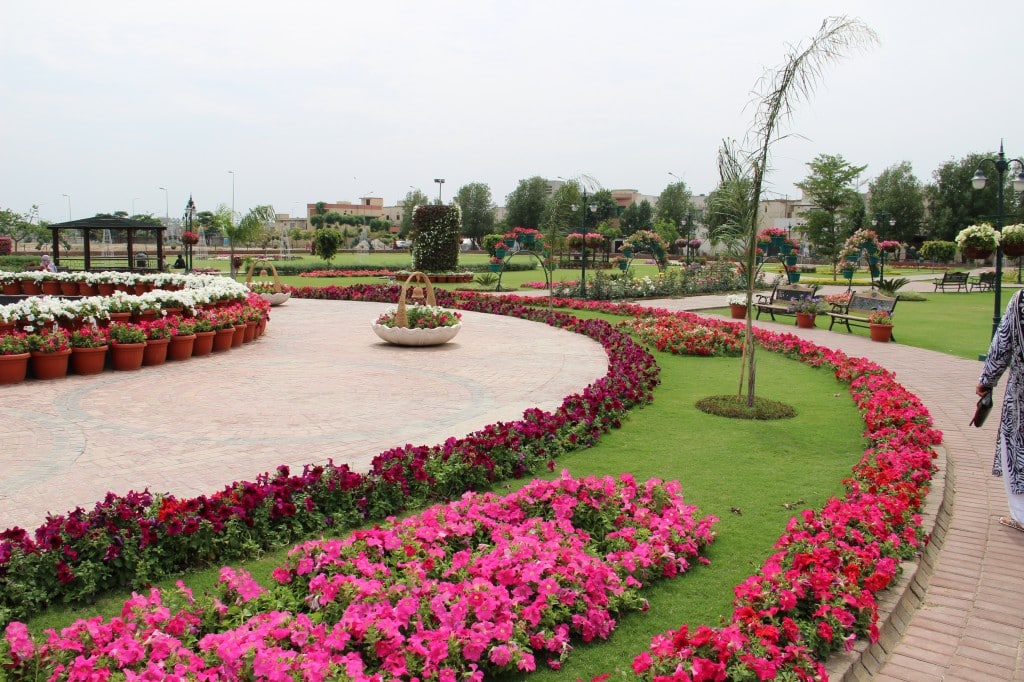
On an international perspective Pakistan is viewed as a country in constant turmoil. The media has portrayed a land of great struggle and injustice: a place teaming with hijab-clad females, angry men with weapons, run-down buildings and hostility towards the west or another sect with a difference of opinion.
This negative propaganda deflects from the true nature of the people that live in this beautiful country. What the world forgets is that the people of Pakistan are no different to the ones found in all corners of the world who strive for safety, security, love and peace. The majority of citizens want to live a normal day to day life away from all the terrorism, hatred and politics.
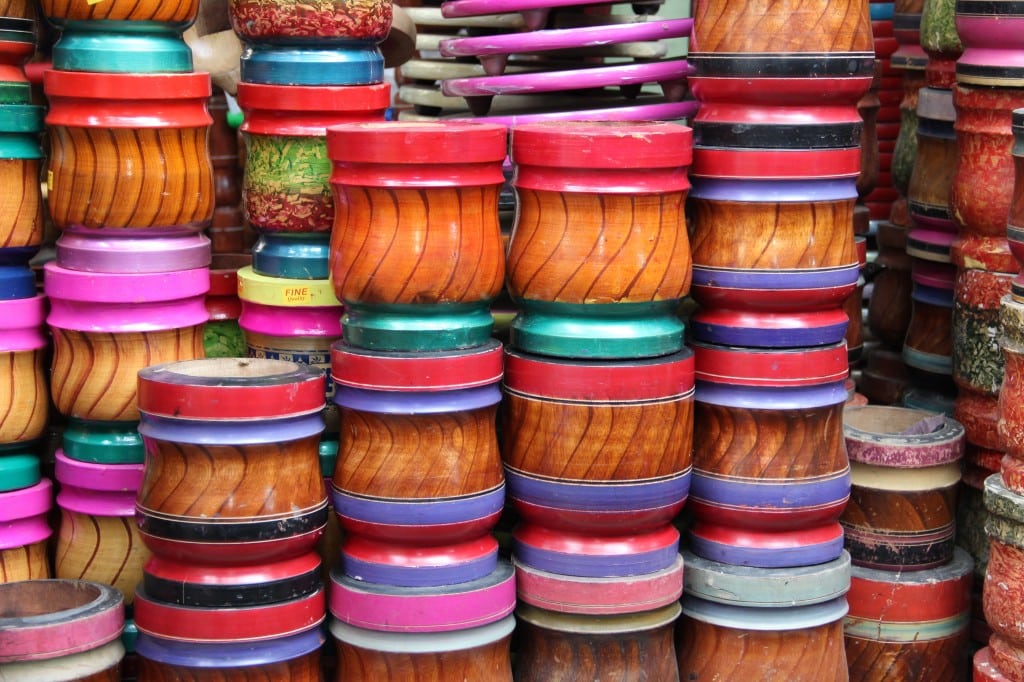
What is overlooked is that the welcoming Muslim culture that has developed in this lush, scenic land is one that plays host to an inclusive, collective community that consistently seeks to care and nurture. Here, driven by respect, faith and culture, the extended family is an integral part of society where generations of families live and are cared for under the same roof.
There is a definite sense of human warmth and humility instead of the efficient robotic machine that tends to exist within a western society. Here people connect through hospitality while bonding over around mouth-watering delicacies and spend quality time over long conversations that range from fashion, art, spirituality, politics, movies and current events.

Due to its varied political climate and internal sectarian instability, much of the international media highlights an air of negative religious extremism that is portrayed as hostile to the contemporary arts. However, instead of deterring artists from exploring and expressing their creativity, it is this negative propaganda that seems to be spurring artistes to set themselves apart from this adverse viewpoint in order to be recognized as equals to their western counterparts.

The art scene in Pakistan seems to be in a constant state of cultural renaissance and it is this state of flux that has given rise to astonishing changes within the art community. Instead of staying within their safe limits, artists are ‘breaking down the barriers’ to discover their creative side and to explore somewhat controversial themes. It is clear that Pakistan is emerging to be recognized as a respected viable cultural hub for the art world.

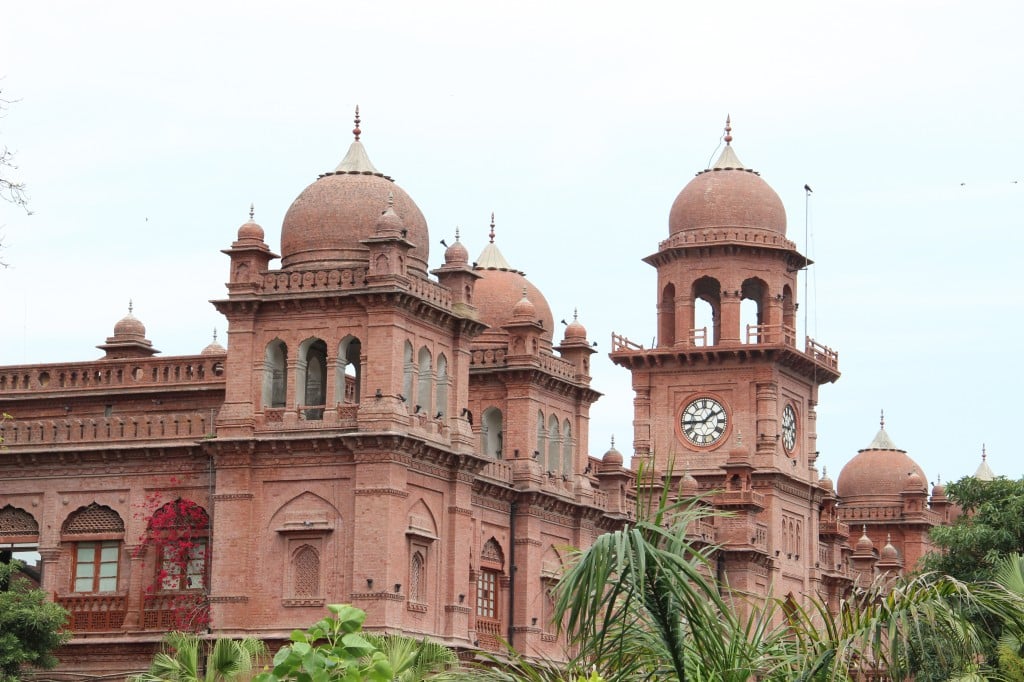
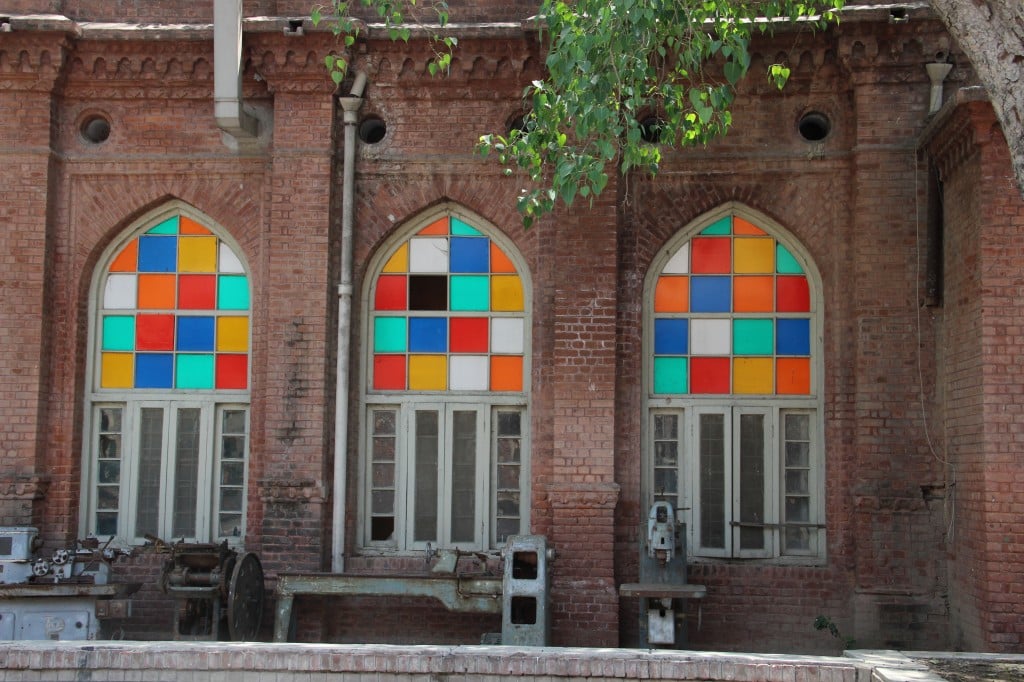
During time spent in my homeland I visited 3 art institutions, the first being the National College of Arts (NCA), Lahore’s oldest and most highly respected art institute. Previously known as ‘The Mayo School of Art’, which was established alongside The Lahore museum in 1875. It was later restructured by the Government of Pakistan as The National College of Arts (NCA) in 1956. A federal degree-awarding institution,
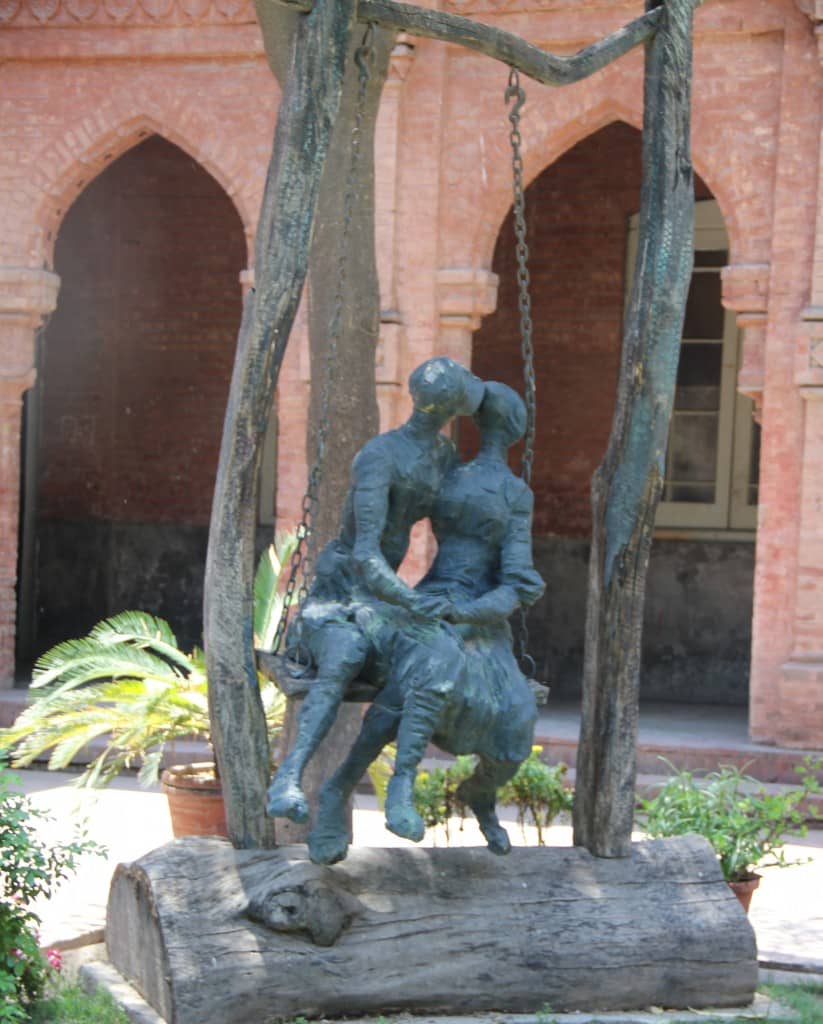
The NCA is based primarily in the capital city of Lahore with a sister campus in Rawalpindi. The Lahore campus is set in a prime location within a historically rich neighborhood, situated adjacent to the Lahore Museum and the Town Hall.
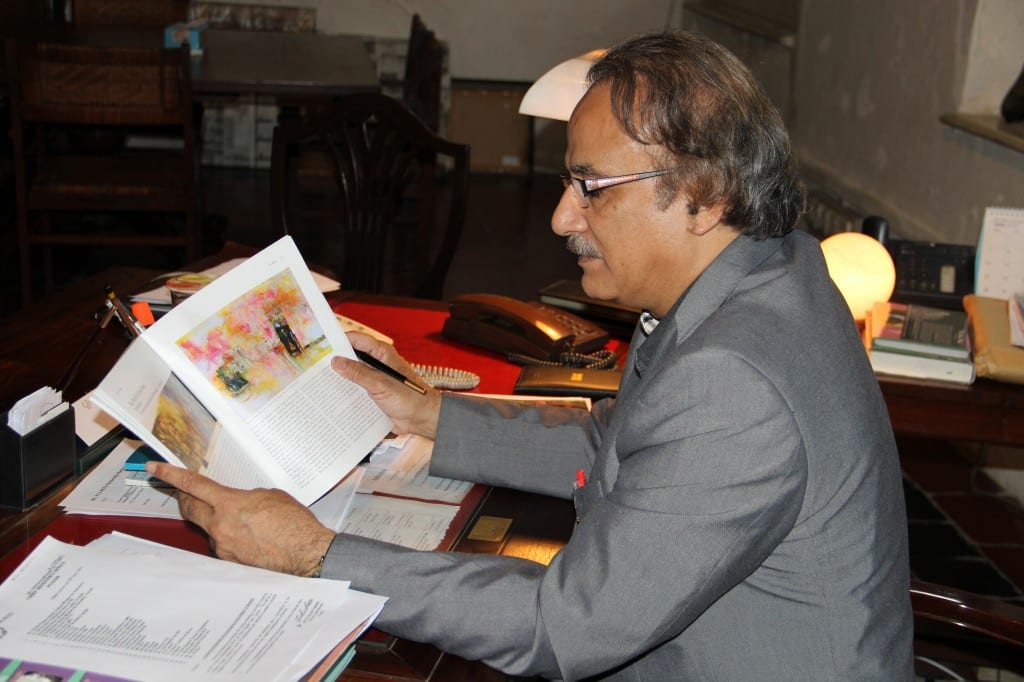
I met with the Principle, Murtaza Jafri, who explained that the college has been educating the country’s top architects, artists and designers in the region for over 130 years. “Over the years, the NCA has grown both in character and strength. Applicants who had been rejected from medical or engineering universities would apply to NCA as a last resort. However now, bright students with high grades who can pick and choose their institution are applying to NCA as their first choice”. He explained that one of the college’s objectives is to sustain an environment of motivation for students to maintain excellence and quality in their work.
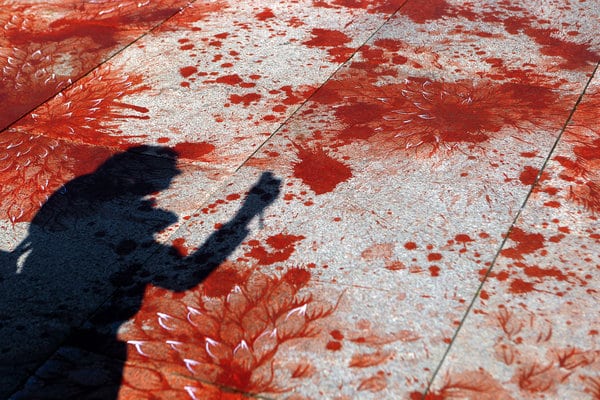
NCA is now a burgeoning prospect compared to 28 years ago with more NCA graduates, year on year, gaining recognition on the international art circuit. One such artiste is Imran Qureshi, who has displayed his works on the roof garden installation at the prestigious MET museum in New York City. Shazia Sikander is another success story who started at the NCA and has gone on to showcase her collection at The Whitney, Ludwig and Hirshhorn Museum. Her work challenges the issues of how westerners associate Islam with terrorism and the oppression of women. She produces stimulating visual experiences through modern and non traditional elements and explores the themes of personal history, religion, politics and sexuality.
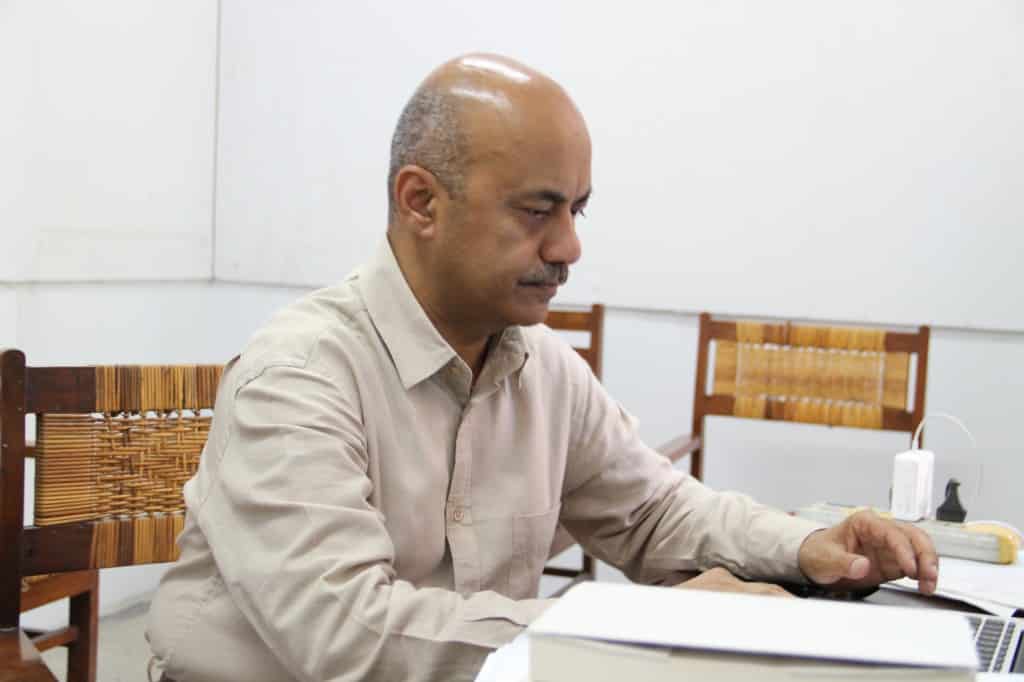
I had the opportunity to meet with the Head of the Fine Arts Department, Quddus Mirza, a highly renowned Pakistani Art critic, independent curator, artist and editor of “Art Now”, a prominent online art magazine. We discussed the challenges faced by artistes in the region and how Pakistani artists who possess the talent find it difficult to avail of viable opportunities to showcase their work to the wider international art community. We perused the students work and he explained his view of the art process being an expression of “self exploration and reflection” coming from a non-commercial aspect. As an art critic he said one of his objectives is to raise the profile of the art scene in Pakistan and to talk about art in a way where it makes sense to ordinary people in a direct and clean way.
Although NCA’s building itself is simply beautiful, the interior conditions of the studios require restoration and modernizing. There is a constant struggle for resources and the need for more involvement and funding from the Government and other external donors. It was amazing to see the commitment of the students against the odds of restricted light, electricity issues and lack of resources.
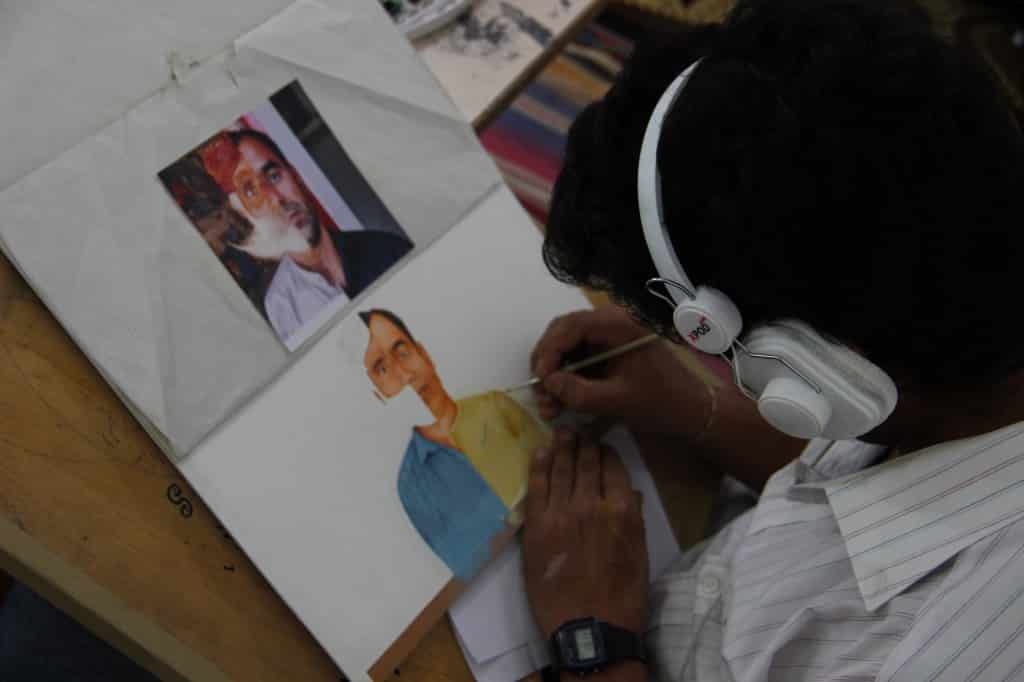
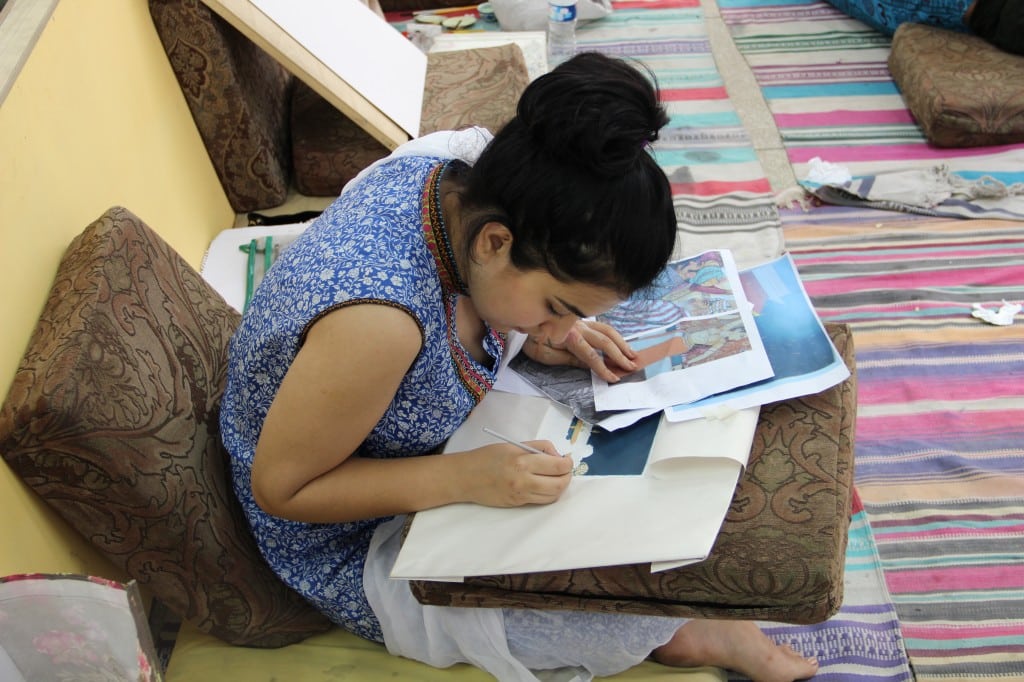
Students were engrossed in their tasks, some standing in-front of aisles to maximize their work space, others working on the floor engrossed in delicate miniature work. The dedication, commitment and drive was apparent in every aspiring artist that I came across, each piece being created was a true ‘labor of love’ an evident quality of the path of true passion. I was amazed at the quality of work produced and the rigor in their research to develop ideas into a strong body of work for their masters thesis exhibition. The exceptional talent and ingenuity on display was simply inspiring and gave me hope for the new generation of artistes that will sire from Pakistan.
The Pakistani art scene is a thriving force that is seeking to be recognized for its unique talent and innovative streak. Its foundations maybe firmly rooted from the calamities of the country’s ordeals, however like many other forms of contemporary culture, this constantly evolving scene offers a different perspective to the international media’s view of terrorism and sectarianism. More importantly, on a deeper level, these notorious events have steered an art movement in the youth of the nation. As the country strives to cross these barriers it requires support from the greater art community in order to grow and thrive.
Pakistan needs to celebrate and recognize the true talent that I had the opportunity to view and more patrons of the arts are needed not only to nurture and develop skills but also to protect our cultural heritage and identity. Institutions such as the NCA not only seeks to impart training to budding artists but also to explore the hidden qualities of the new generation, this ethos will not only develop the artistes of today, but will also enable them to become the national treasures of tomorrow.

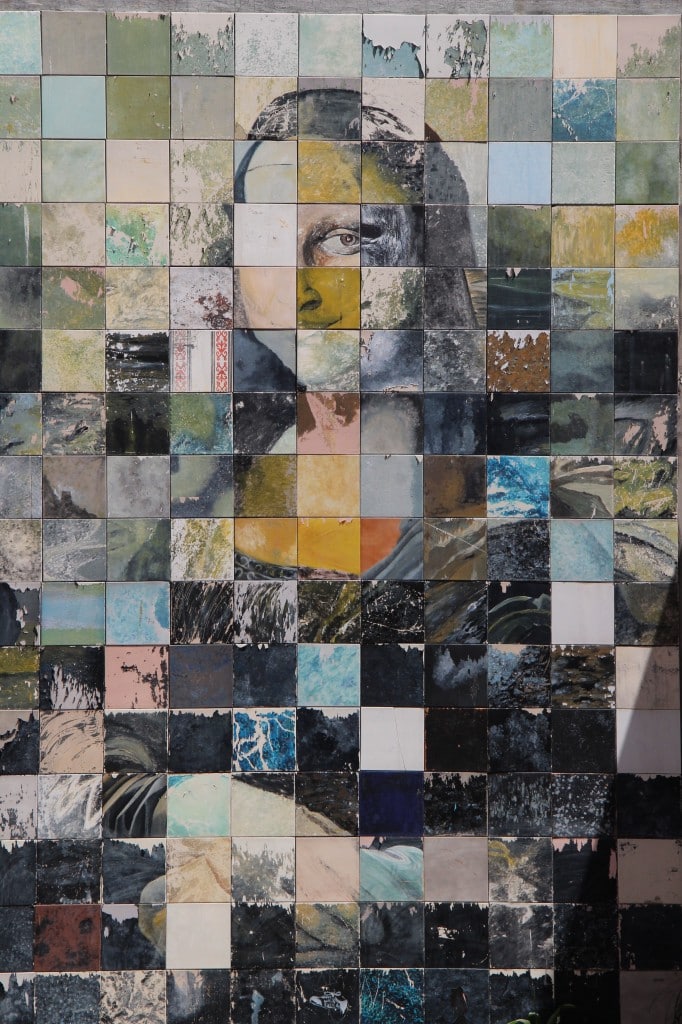
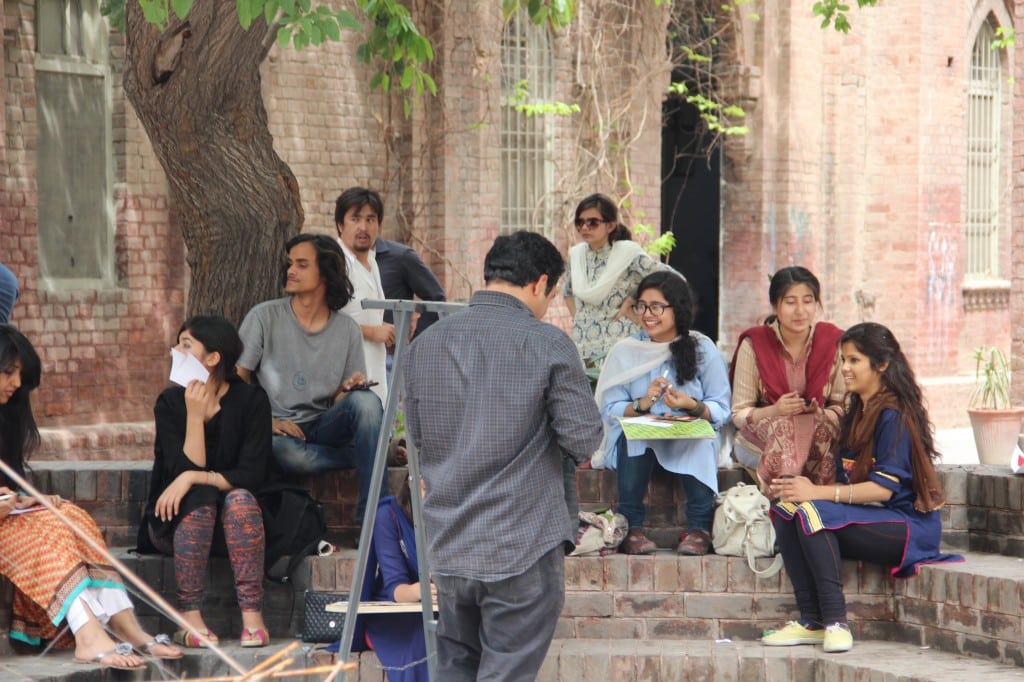
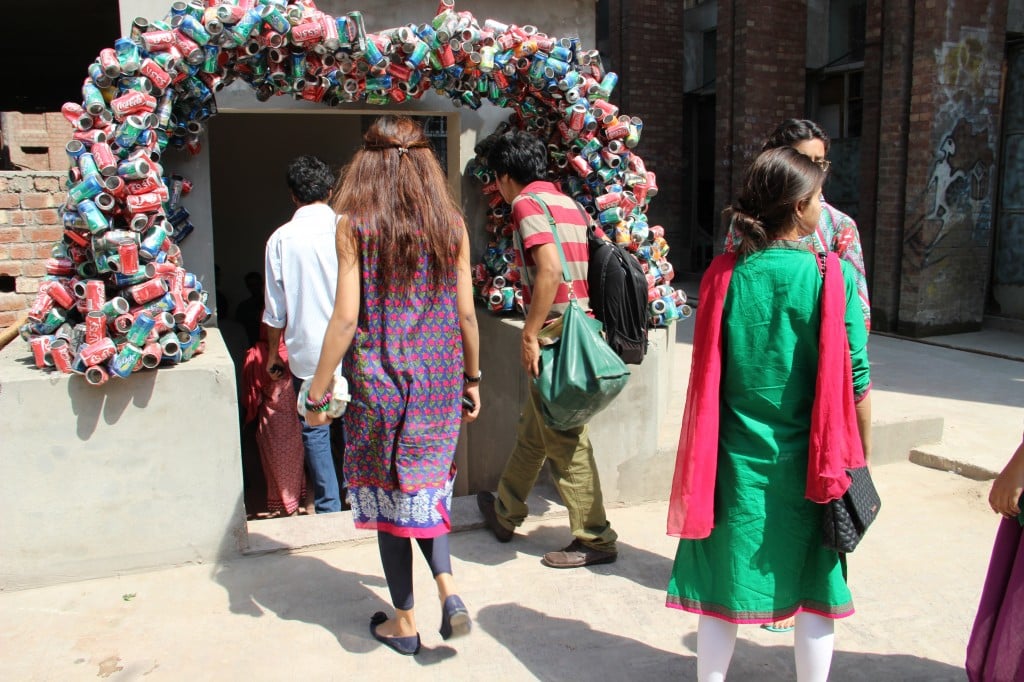
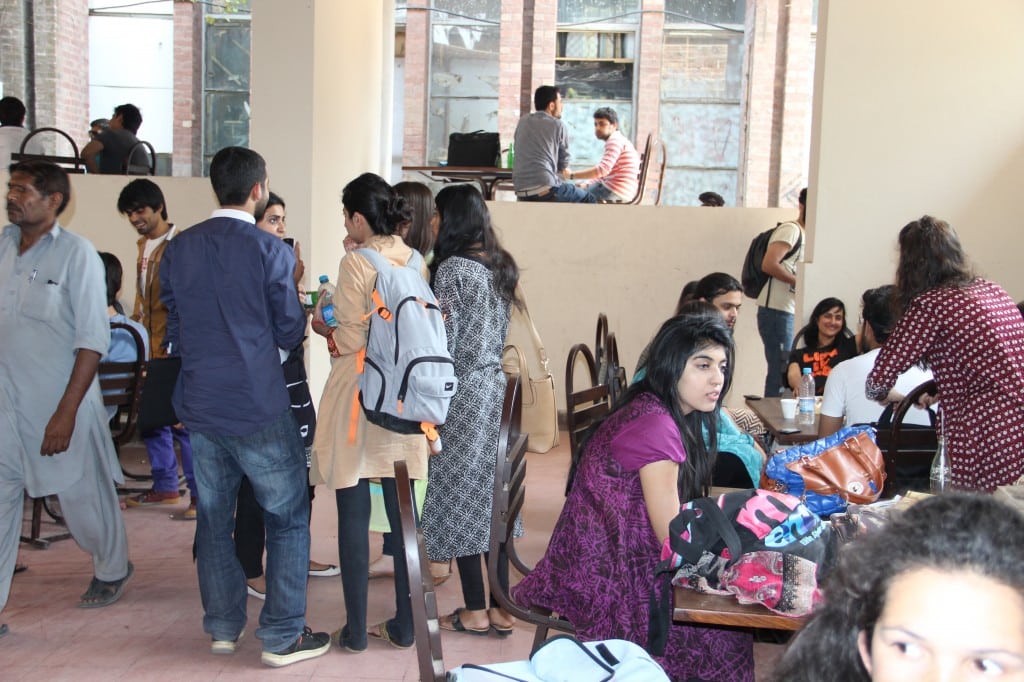

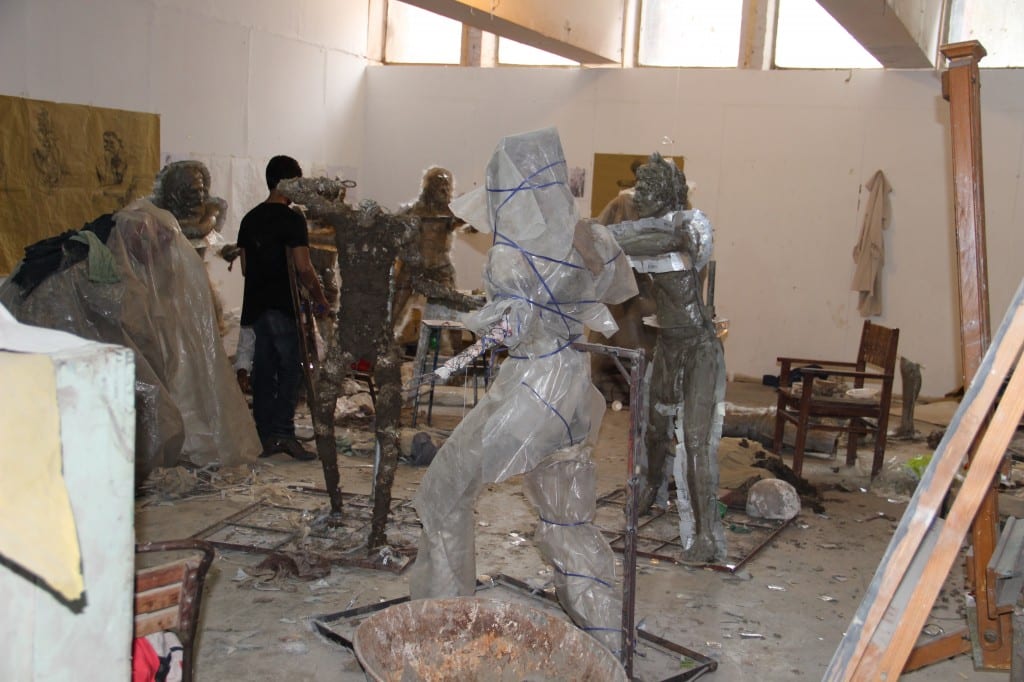
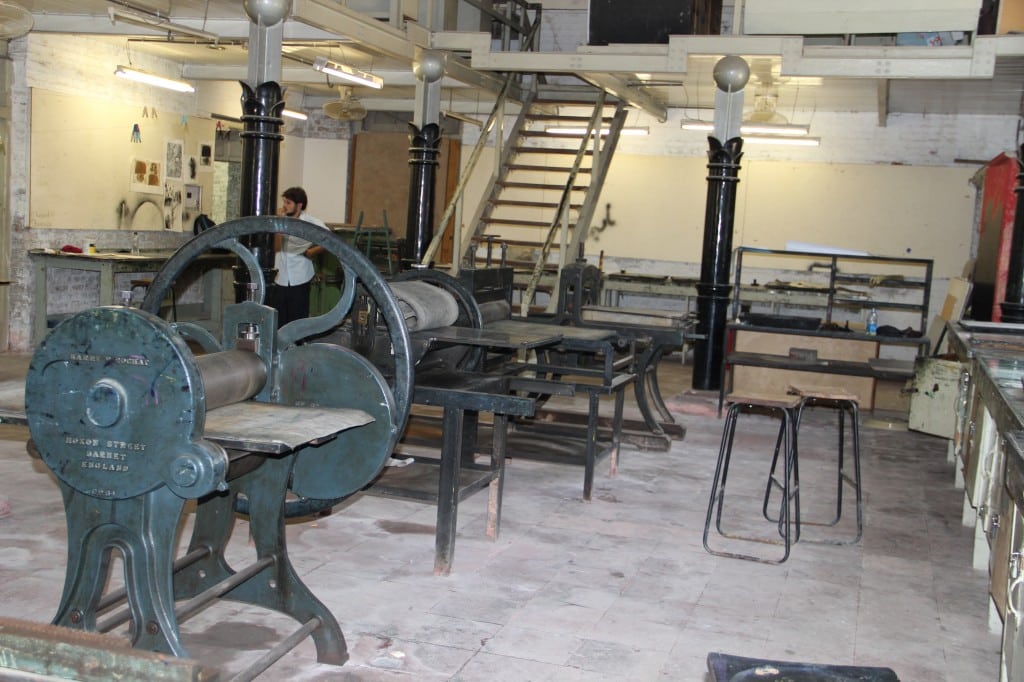
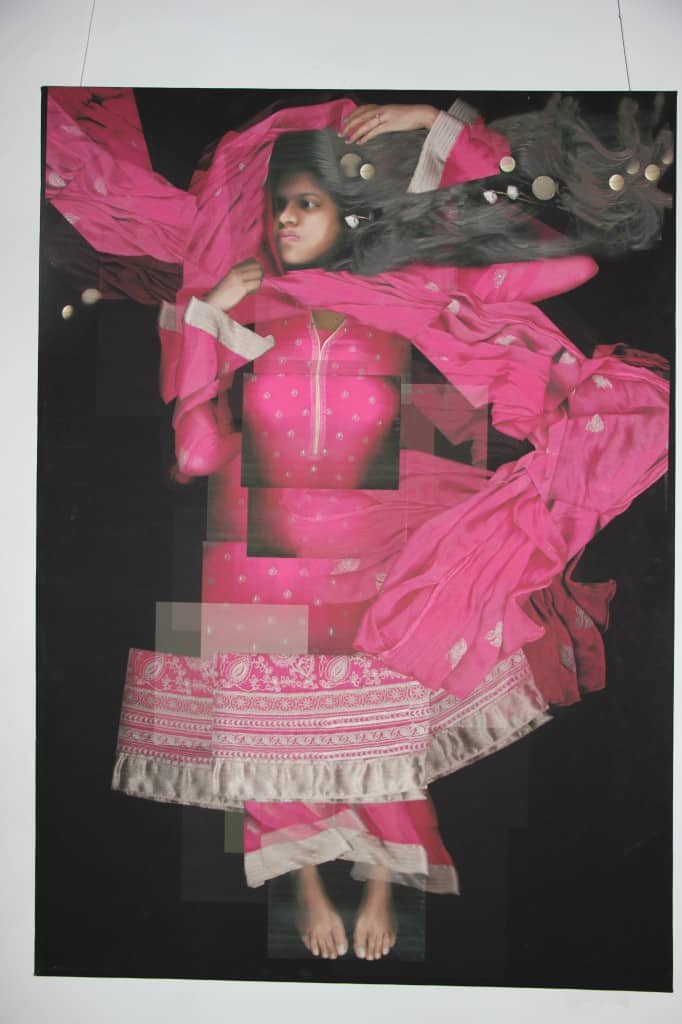
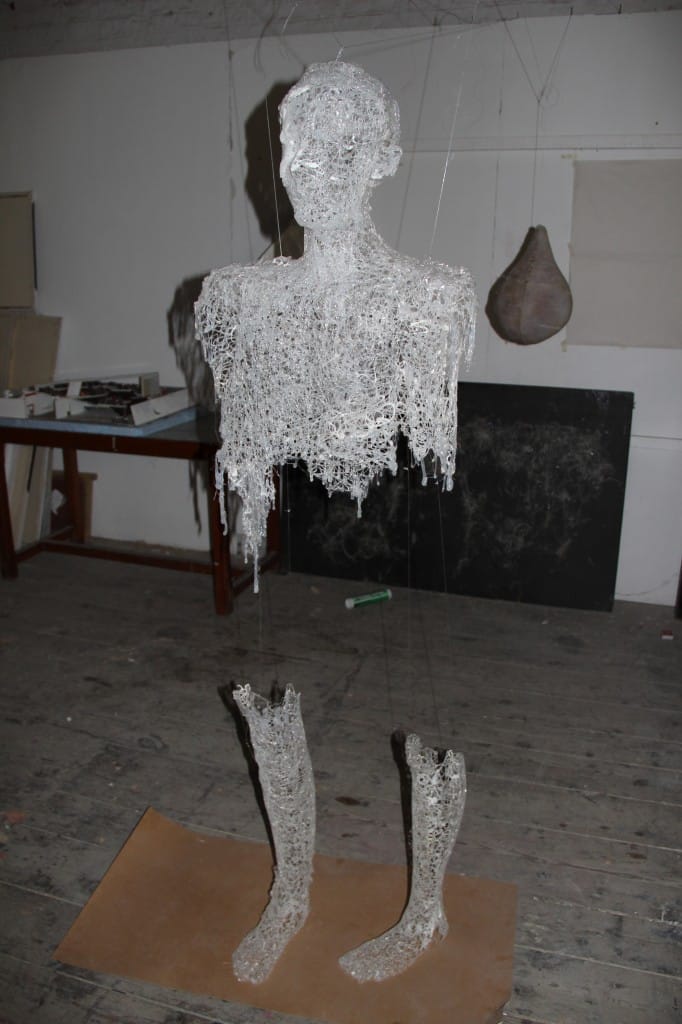
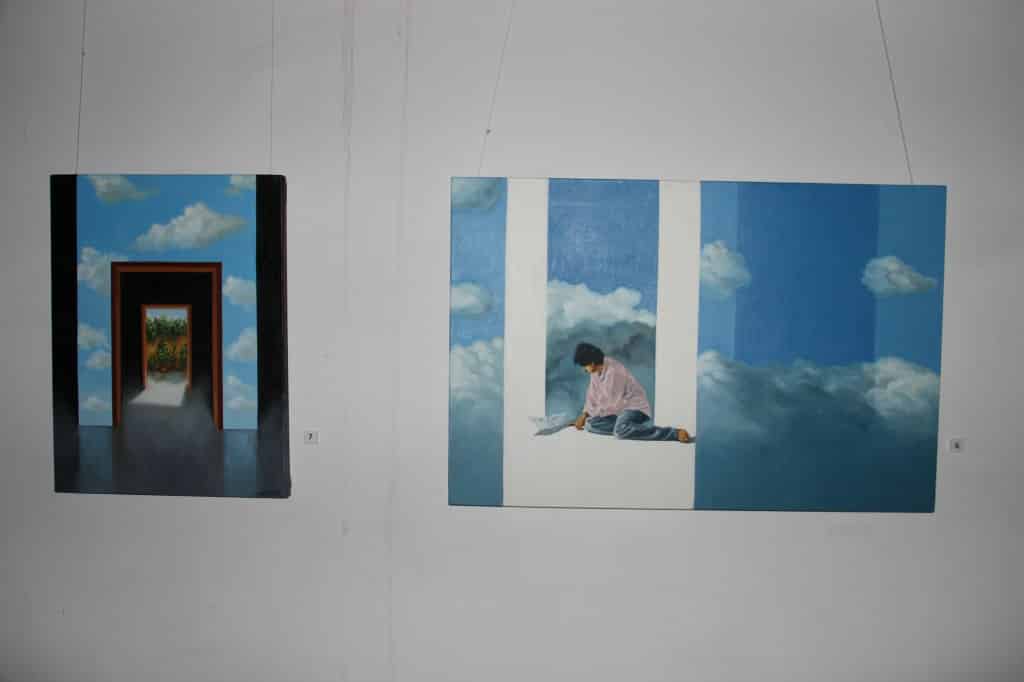
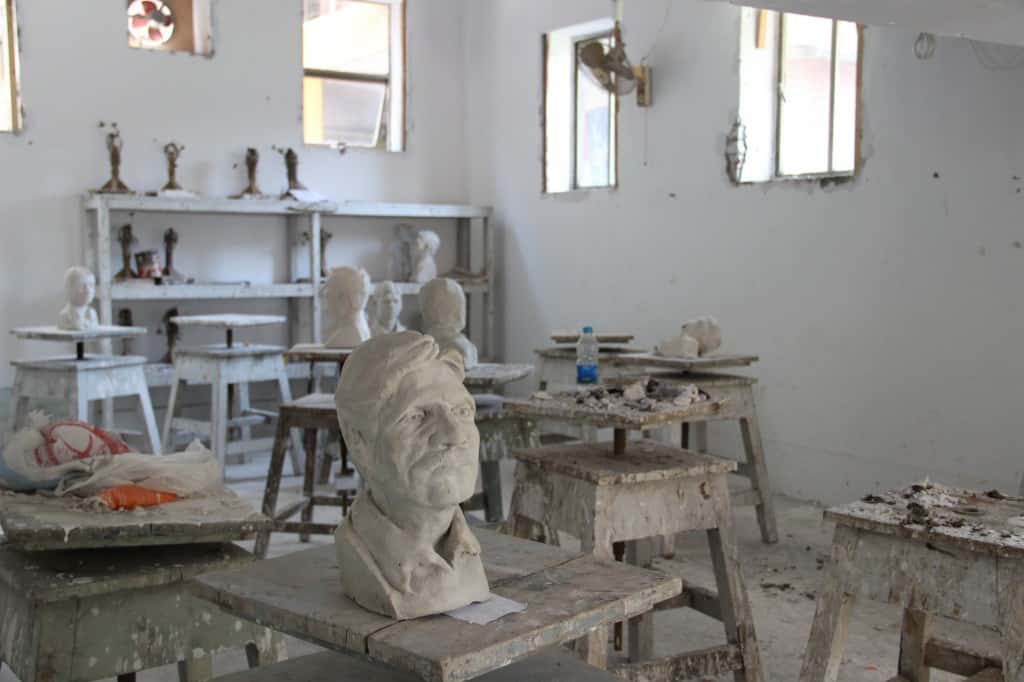
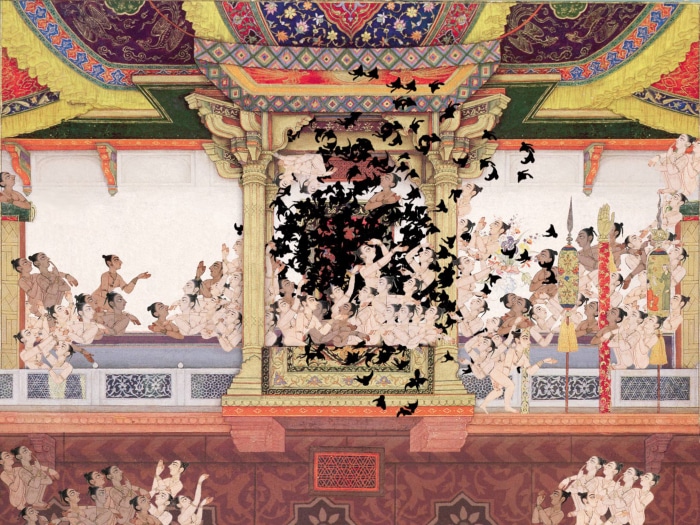
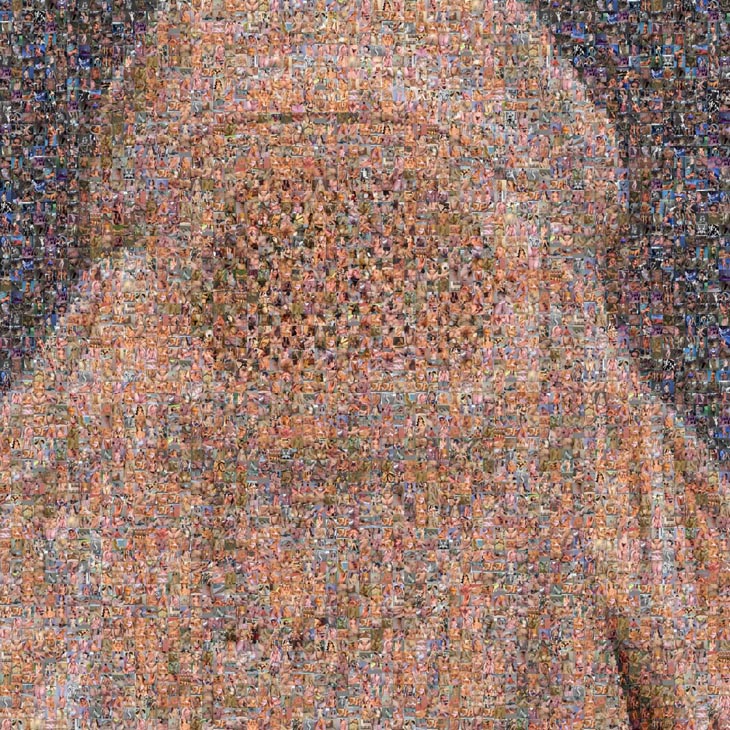
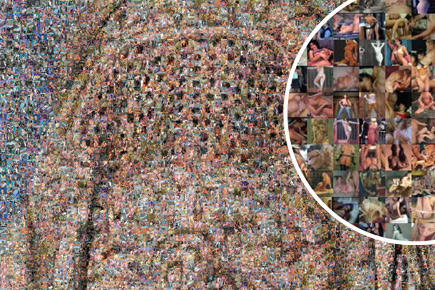


Article written and photographed by Qinza Najm




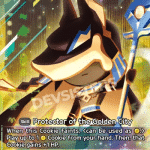
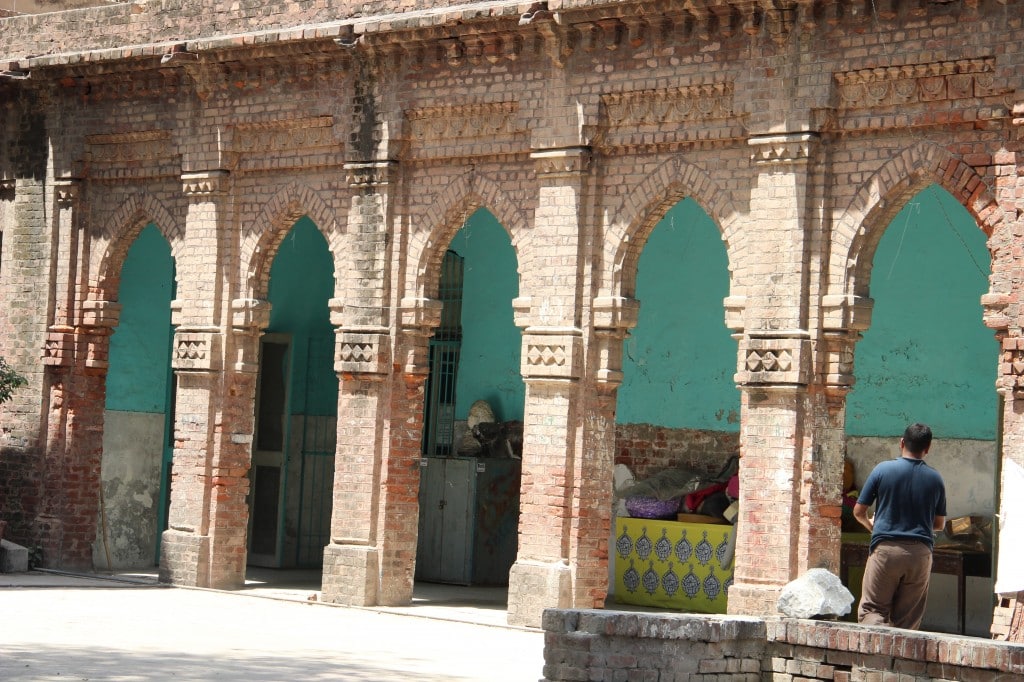






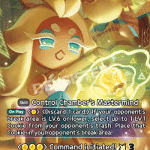





Leave a comment